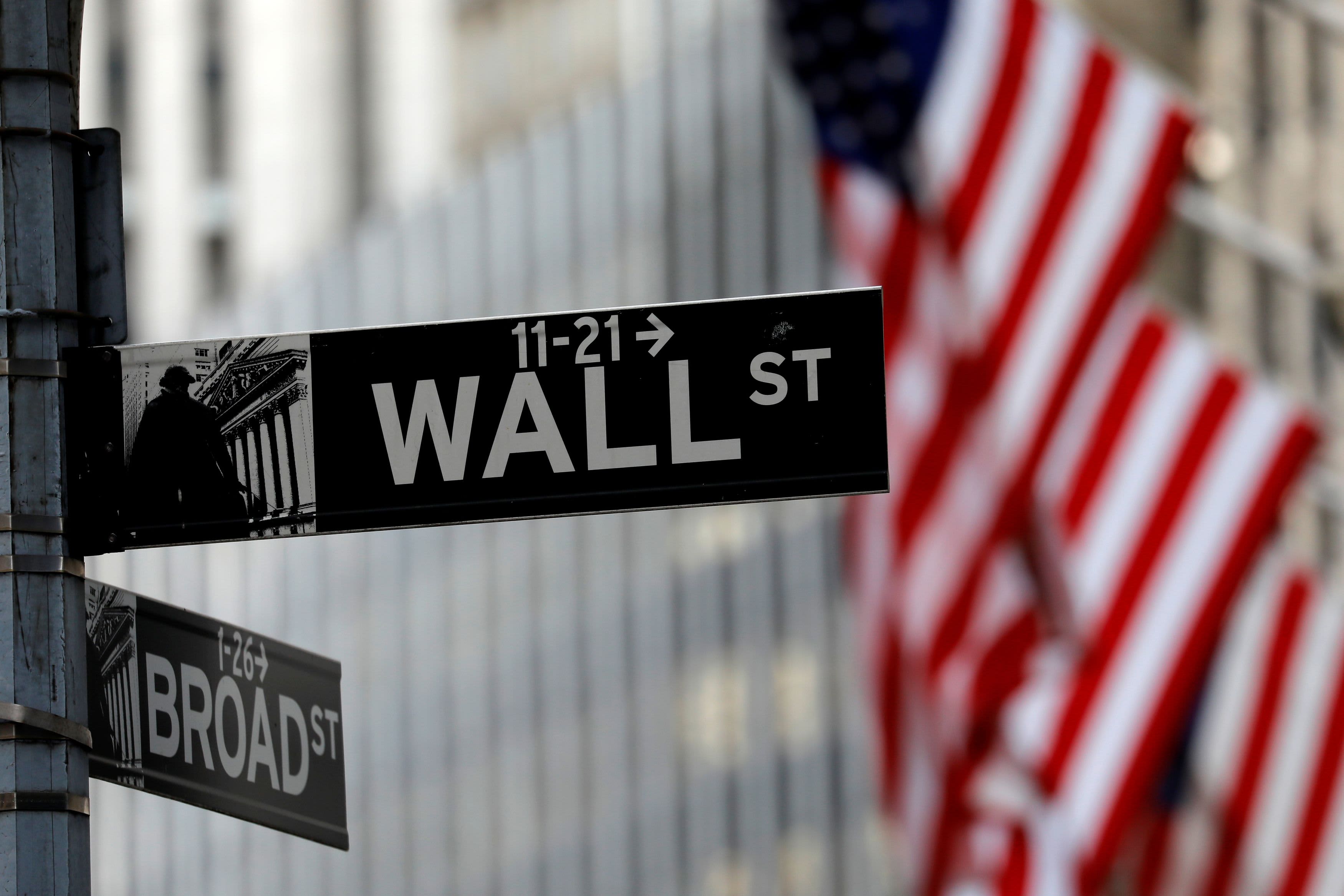
The market’s ‘”fear gauge” closed Friday with its biggest weekly gain since June, when investors navigated uncertainty surrounding the coronavirus pandemic.
The VIX volatility index, a barometer of investor expectations for future market moves, closed the week above 33, this time because of speculative trading in stocks such as GameStop and AMC. The S&P 500 fell 2% on Friday.
The VIX rose 11.18 points last week. In June it rose 11.57 points. It had held mostly below 25 since early November. In Monday’s premarket, it was at just above 31, a decline of 6% from Friday.
Piper Sandler chief market technician Craig Johnson says investors should pay attention to the message the VIX is sending.
“You need to heed the warning of what we’re seeing here with the VIX,” Johnson told CNBC’s “Trading Nation” on Friday, noting that the increase over the previous three days was its third-largest surge on record.
“A shorter-term indicator for us has been when you see the VIX above its 200-day moving average, it has been sort of a pretty strong risk-off signal,” he said. “But if you put this VIX together with the fact that you’ve had a very big ‘breadth thrust’ already happen in the market, you also have got a lot of speculation happening in the market, there’s a lot of reasons why we should be heeding this warning.”
A breadth thrust measures momentum in the market — it calculates the number of NYSE stocks rising against those that are falling over a 10-day period.
To prepare for an increase in volatility, Johnson says it may make sense for investors to raise cash and rotate their portfolios to play more defensive or cautious in the near term.
There will be some winners in a highly volatile market, though, says Boris Schlossberg, managing director of FX strategy at BK Asset Management.
“Volatility equals volume — so when volatility spikes, volume is going to increase, which means market makers, brokers, CME … are all going to do I think very well,” Schlossberg said during the same interview.
Shares of high-speed trade firm Virtu Financial, for example, have risen 10% in the past month as the broader market has fallen.
Schlossberg is seeing other signs in the market that stocks could come under more pressure. On Friday, for example, he saw a warning sign in rising bond yields and falling equities prices.
“That’s a signal that the market is getting concerned about credit risk,” he said. “We may be setting up ourselves for at least a 5% correction, maybe even a little bit more, especially as we go into the very bad seasonal time in February, which typically tends to be a big sell-off time in the market.”
The S&P 500 lost more than 8% last February. It has logged a losing February in three of the past five years.




